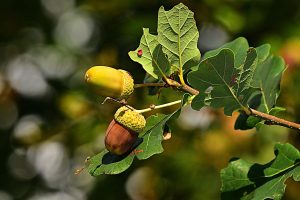
Champions the preservation and stewardship of greenspace and passive recreational opportunities in Henrico County.
The Importance of Honey Bees
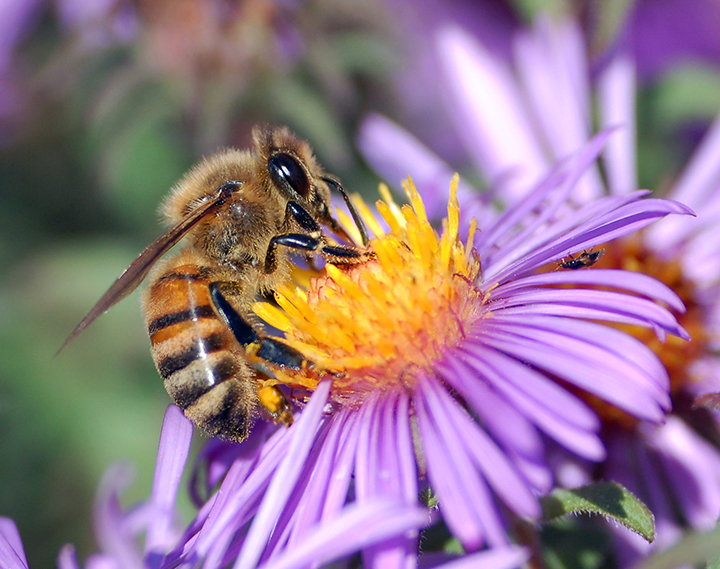
There is no denying the importance of the European honey bee. Domesticated by humans more than 4,500 years ago, the honey bee, known as Apis mellifera, pollinates approximately 30% of all food crops in the world today. An estimated 15 billion dollars of crops are pollinated by the species globally each year.
The European honey bee has an unrivaled ability to make a large amount of honey in a small amount of time, pollinating many plants in the process. However, as the name suggests, the European honey bee is native to Europe as well as parts of the Middle East and Northern Africa. Without introduction by humans, Apis mellifera would not be present in the Americas. North American plants were pollinated by native species of bees and other insects prior to the importation of honey bees.
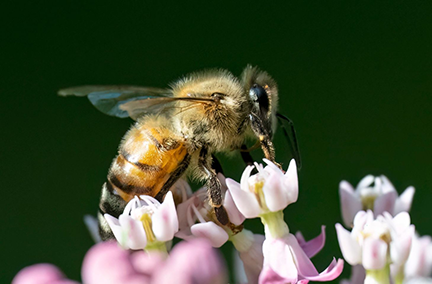
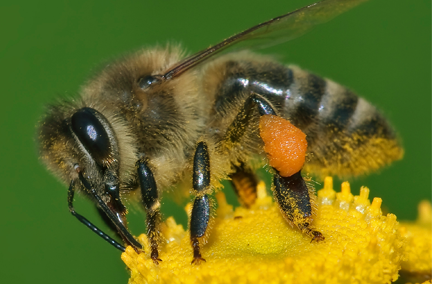
Flowering plants make up 90% of all surviving species of plants on Earth today. Their methods of exchanging genetic material are part of their great success, but in many cases, leaves them dependent on an animal for pollination, known as a pollinator. Some pollinators, like Apis mellifera, are considered generalists, which means they will consume nectar from and pollinate almost any plant. Native bees that are considered generalists include American honey bees, miner bees. and mason bees. However, there are also, pollinators known as specialists who have co-evolved with specific plants. In many cases, these pollinators cannot survive without access to their preferred plant and are at risk of being out competed by generalist pollinators. Plants who have relationships with specialist pollinators are also pollinated more effectively by those specialists than by generalists. Some native specialist species include sweat bees and long-homed bees.
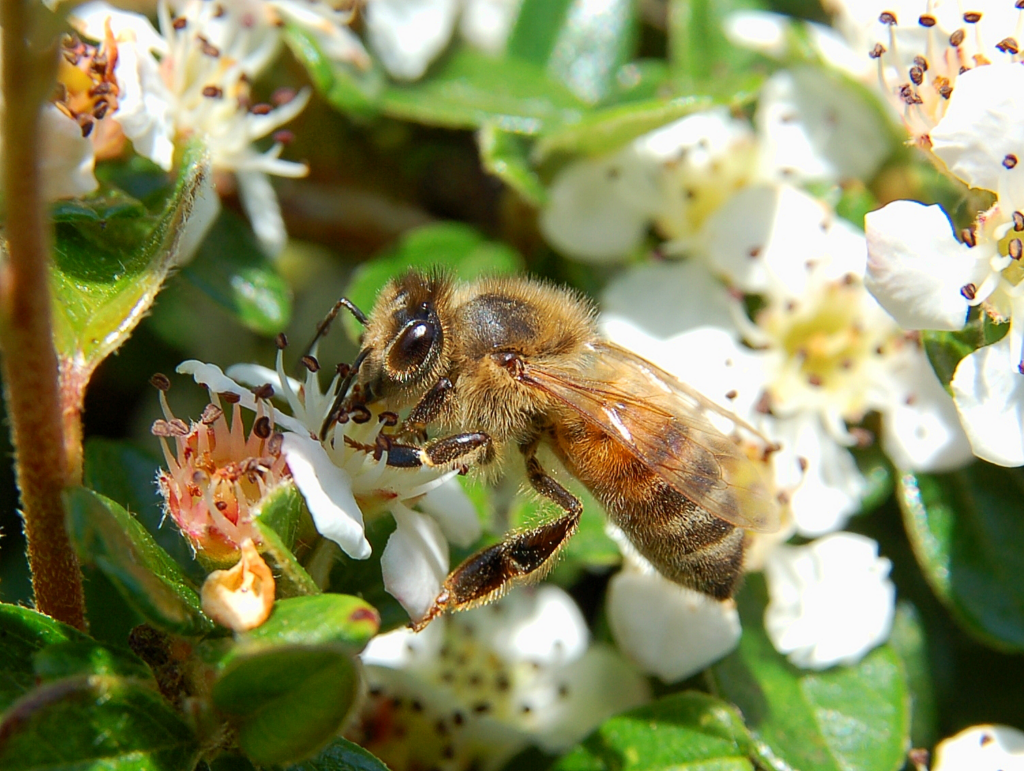
Animals have been transported alongside humans for nearly all of history. The complicated relationships between native species of plants and animals that are changed by introducing foreign species have only recently begun to be studied and understood. Despite not evolving in the Americas, Apis mellifera’s presence has become too big and important to lose. One must be mindful of the benefit the species brings to humankind compared to the risks of damaging long- standing native plant and insect interactions. All bee species of the Americas deserve to be recognized and allowed the means to thrive, even those that are not as directly beneficial to humankind.
Videos





